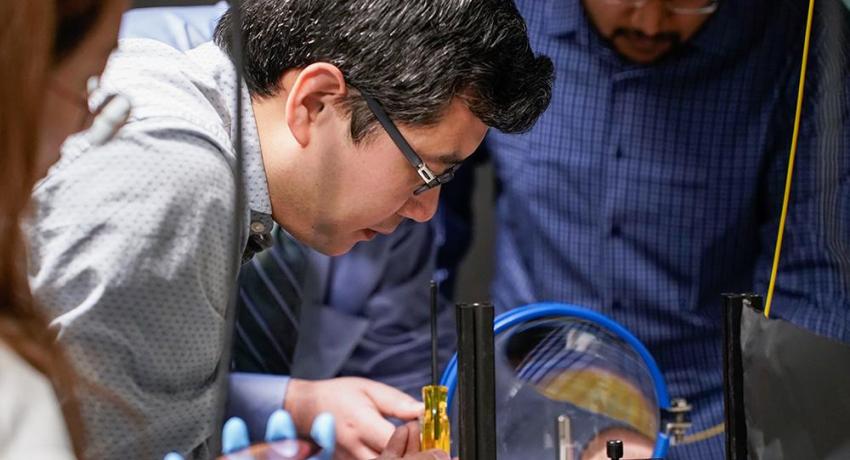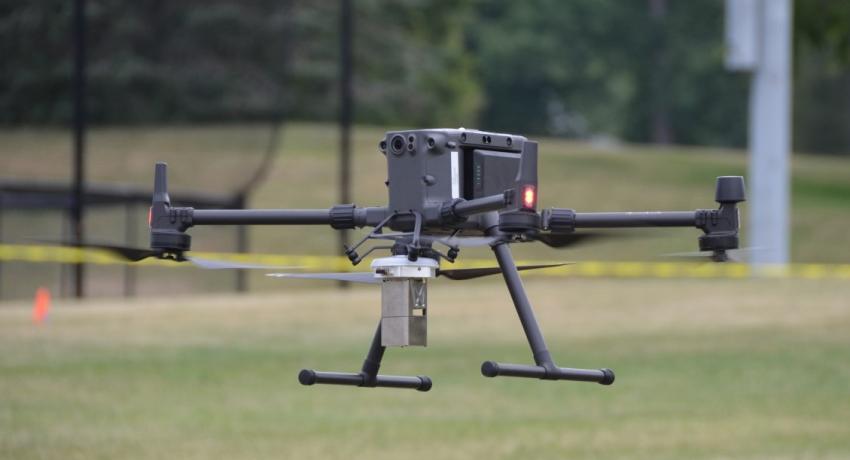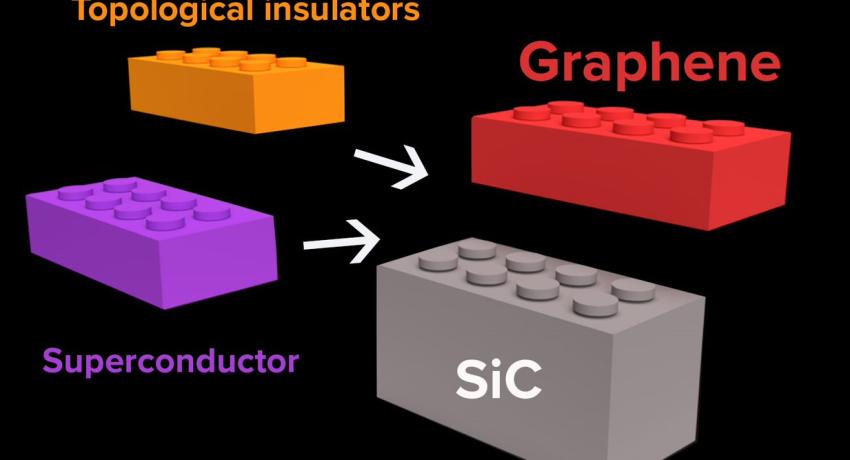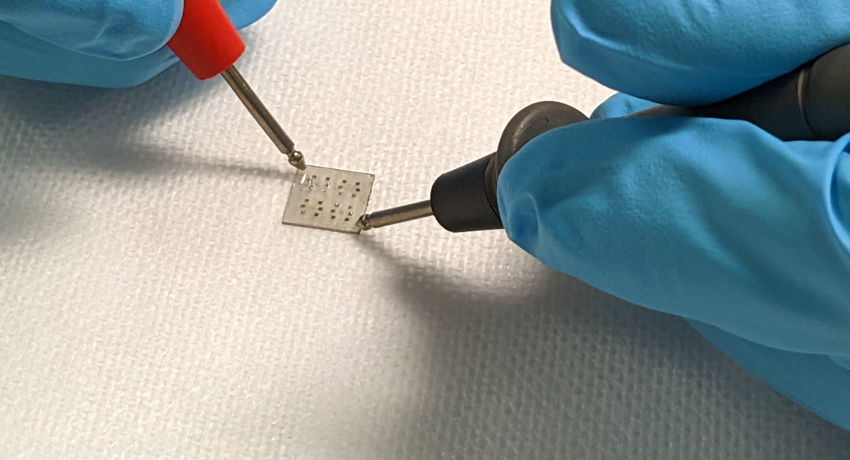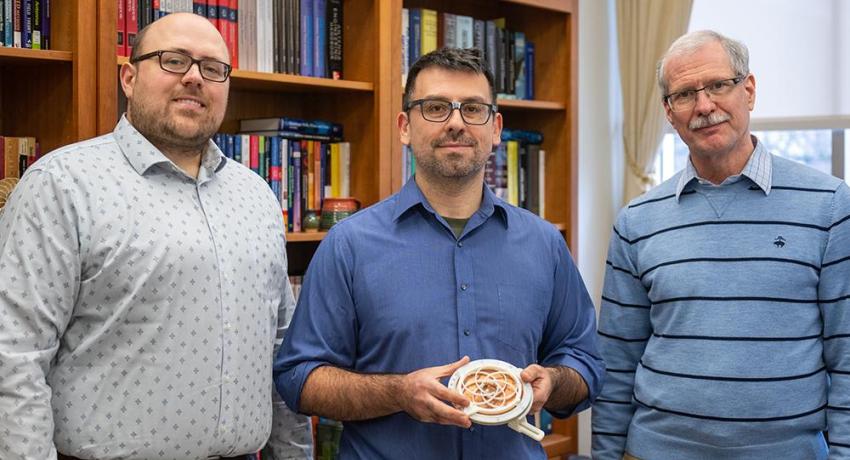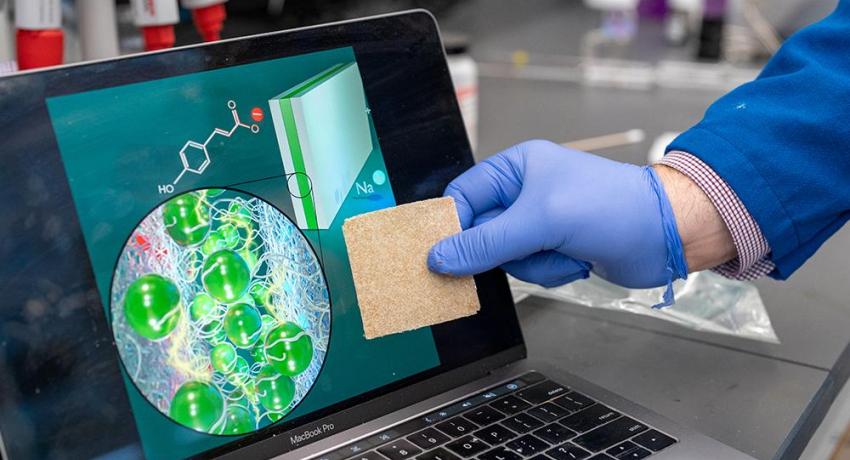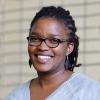Willard: Mary Willard
Willard dubbed "Lady Sherlock"
Mary Willard was born in 1898 on the Penn State campus. The daughter of Prof. Joseph Willard (Willard building), she graduated from Penn State with a bachelor’s degree in chemistry in 1920 and became an assistant in the Chemistry department. She obtained her doctorate from Cornell in 1927 and returned to Penn State as an assistant professor.
Flat, pancake-sized metalens images lunar surface in an engineering first
By Maria R. Lucas
Penn State-led research team creates the first ultrathin, compact metalens telescope capable of imaging far-away objects
Astronomers and amateurs alike know the bigger the telescope, the more powerful the imaging capability. To keep the power but streamline one of the bulkier components, a Penn State-led research team created the first ultrathin, compact metalens telescope capable of imaging far-away objects, including the moon.
Luke Lyle
(e) lal5798@psu.edu
(o) 814-863-7691
Room 183, 230 Innovation Blvd.
Bed Poudel
(e) bup346@psu.edu
422 Steidle Building
Alliance works to keep America prepared for nuclear incidents
By Jamie Oberdick
It was an unusual scene on an overcast day in July 2022 at the University Park West Campus intramural fields. Near quiet tennis courts, a group of around 100 first-year college students, high school students, graduate students from several universities, faculty and administrators, and military visitors gathered around several display tables, including one dishing out Berkey Creamery ice cream. Nearby, a somewhat ominous, mysterious large black drone hovered with a distinct high-pitched buzz.
New material may offer key to solving quantum computing issue
By Jamie Oberdick
UNIVERSITY PARK, Pa. -- A new form of a heterostructure of layered two-dimensional (2D) materials may enable quantum computing to overcome key barriers to its widespread application, according to an international team of researchers.
Two-dimensional oxides open door for high-speed electronics
By Matthew Carroll
UNIVERSITY PARK, Pa. – Advances in computing power over the decades have come thanks in part to our ability to make smaller and smaller transistors, a building block of electronic devices, but we are nearing the limit of the silicon materials typically used. A new technique for creating 2D oxide materials may pave the way for future high-speed electronics, according to an international team of scientists.
Mechanical engineering meets electromagnetics to enable future technology
UNIVERSITY PARK, Pa. — Reconfigurable antennas — those that can tune properties like frequency or radiation beams in real time, from afar — are integral to future communication network systems, like 6G. But many current reconfigurable antenna designs can fall short: they malfunction in high or low temperatures, have power limitations or require regular servicing.
Researchers use water treatment method to capture acids from agricultural waste
By Mariah R. Lucas
UNIVERSITY PARK, Pa. — Bound for the landfill, agricultural waste contains carbon sources that can be used to produce high-value compounds, such as p-coumaric acid, which is used in manufacturing pharmaceuticals. Electrodeionization, a separation method that uses ion-exchange membranes, is one way to capture the acids and other useful components. However, to capture large quantities at scale, improvements to the method must be made.
Thandazile Moyo
(e) thandazilemoyo@psu.edu, (e) tvm5825@psu.edu
(o) 814-863-8852
110 Hosler Building


